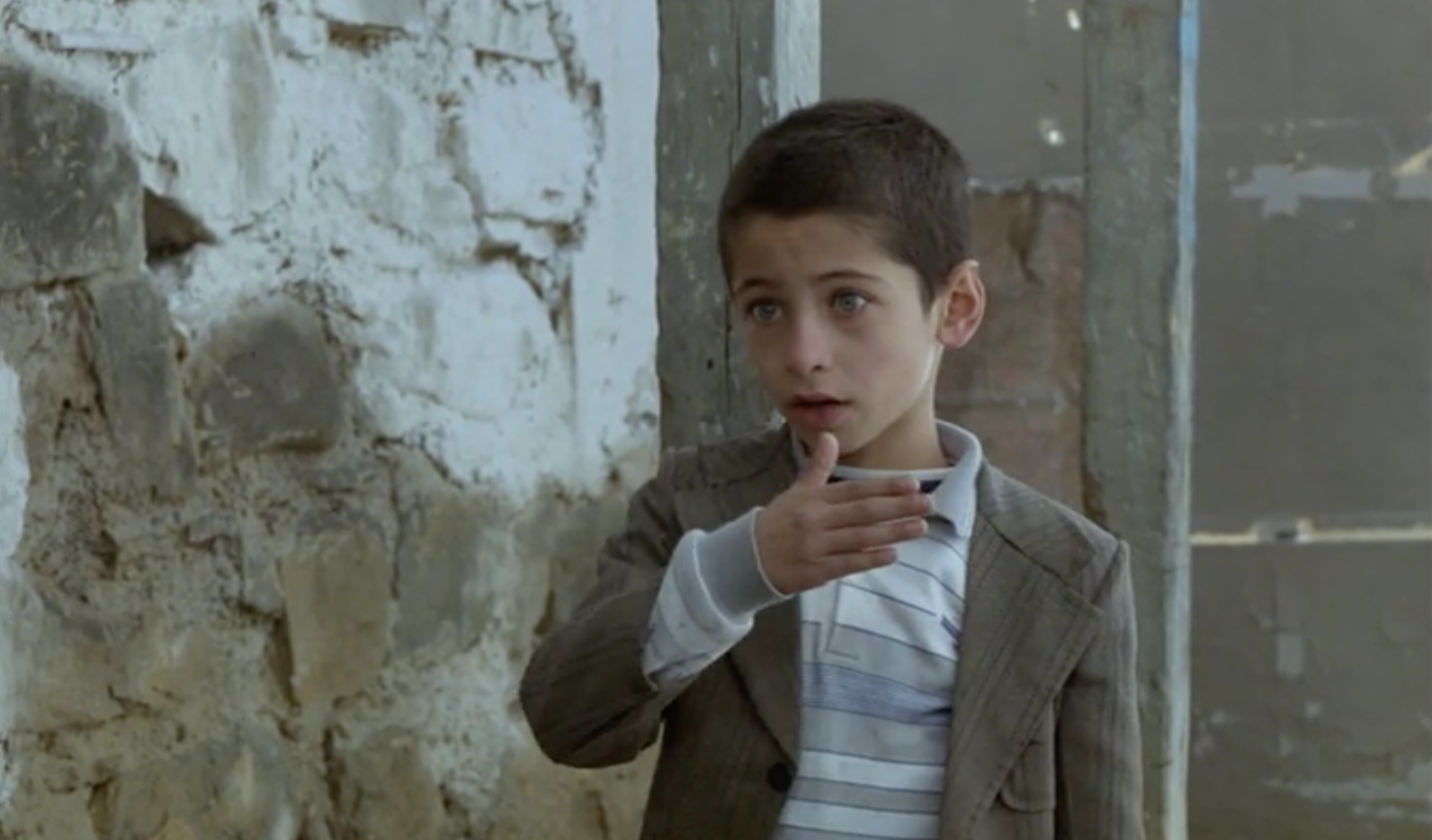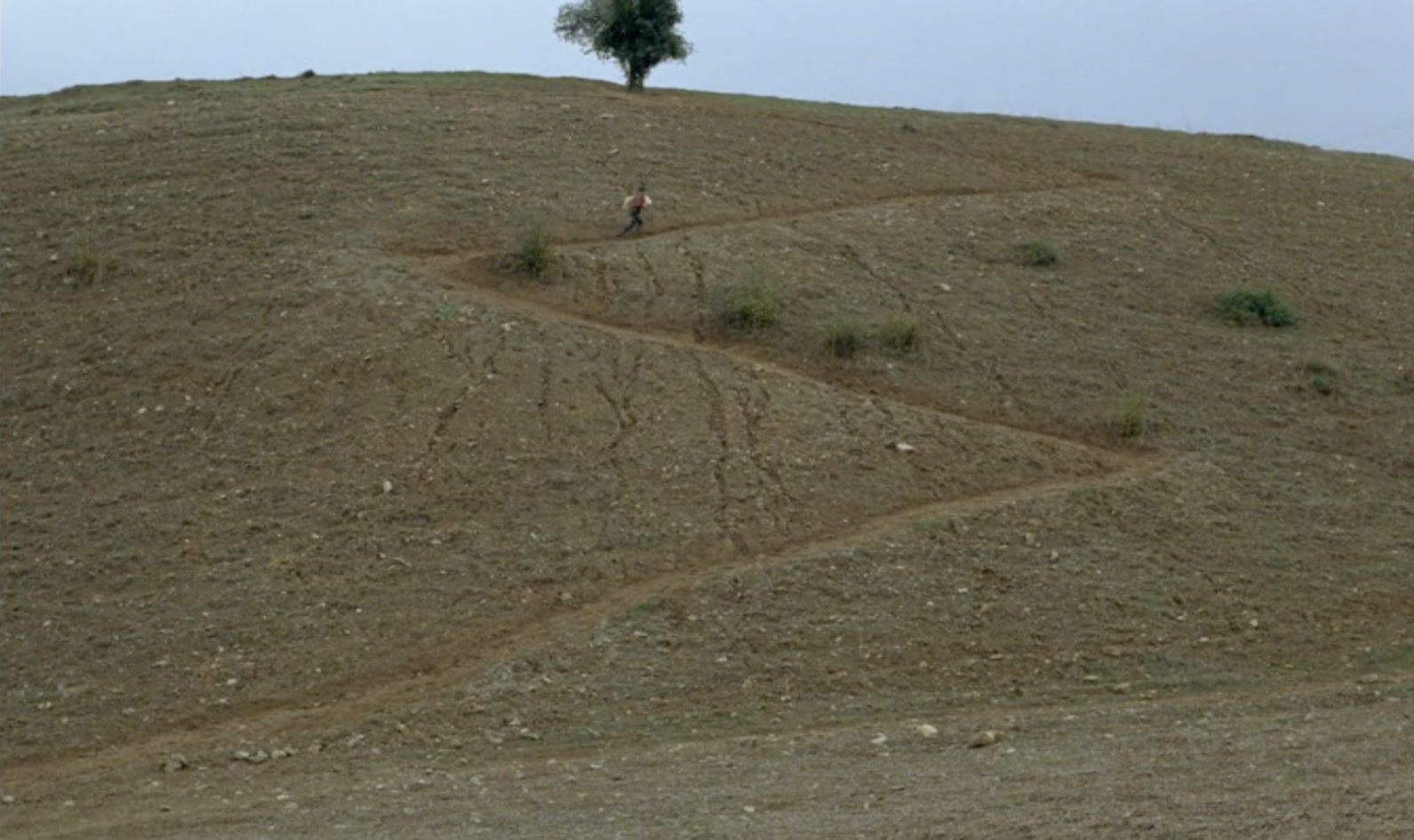Many years ago, I watched Where Is the Friend’s House? by Abbas Kiarostami. As with all his films, we are immediately transported into a different worldview, a new cosmovision of how life unfolds on the other side of the realm. Yet, the themes are so universally simple that they become effortlessly relatable.
Early in the film, an authoritarian school teacher reprimands a young student for not doing his homework in his notebook. Since this has happened before, the teacher issues a serious warning: if the boy doesn’t bring his homework next time, in his workbook, he’ll be expelled. Brought to tears, the child feels humiliated. The scene is heartbreaking.
The educator justifies his strictness as a way to instill discipline, and the morning routine continues. One child arrives late, another ducks under his desk. When he’s asked why he does this, he says his back hurts. The teacher barely acknowledges this, scolding the child and moving on.
Later that day, our young protagonist, Ahmad arrives home and realizes he’s mistakenly taken his classmate’s workbook. Determined to return it, he sets out on a journey, unsure where his friend lives, an uncertainty that propels the entire film.
Traveling by foot through the village and neighboring areas, Ahmad wanders through rugged hills, stone houses, and a tight-knit rural community. He asks everyone he meets: passersby, a group of men outside a bar, women hanging laundry, and others.
At one point, he encounters a man and a child carrying huge kegs of milk into a home—it seems like a family business. When I first watched the film, I didn’t realize the child Ahmad meets was one of his classmates, the one kneeling under his desk in class. It was my friend Leandro who noticed and pointed it out, saying, "That’s the same kid who couldn’t stand up because of his back pain."
Kiarostami captures the moment without drawing overt attention to the child's afterschool labor, letting the quiet revelation speak for itself—if you're willing to listen.
This single cinematic event left me with three key lessons that, unbeknownst to me at the time, unconsciously shaped my work as a director.
First, it reinforced the power of understated storytelling, how seamlessly a setup and payoff can unfold, leaving a lasting impact despite their subtlety.
Second, I was privileged to watch many of my formative films with my friend Leandro (Ipiña, the Argentine director), and perhaps that shared experience played a part in forging our friendship. When someone points out a detail in a film that resonates with your core values, it not only changes the way you see that film but will likely also deepen your connection with that person.
And finally, the scene served as a gentle reminder of one of my life’s deeper missions—to cultivate curiosity in trivial, everyday encounters as much as I am able; or, as Brené Brown would suggest, to ‘extend our most generous interpretation possible to the intentions, words, and actions of others.’
So, how far can we stretch our patience? How much more can we see when we resist the impulse to judge too quickly? We might be surprised by how compassion starts showing up.






